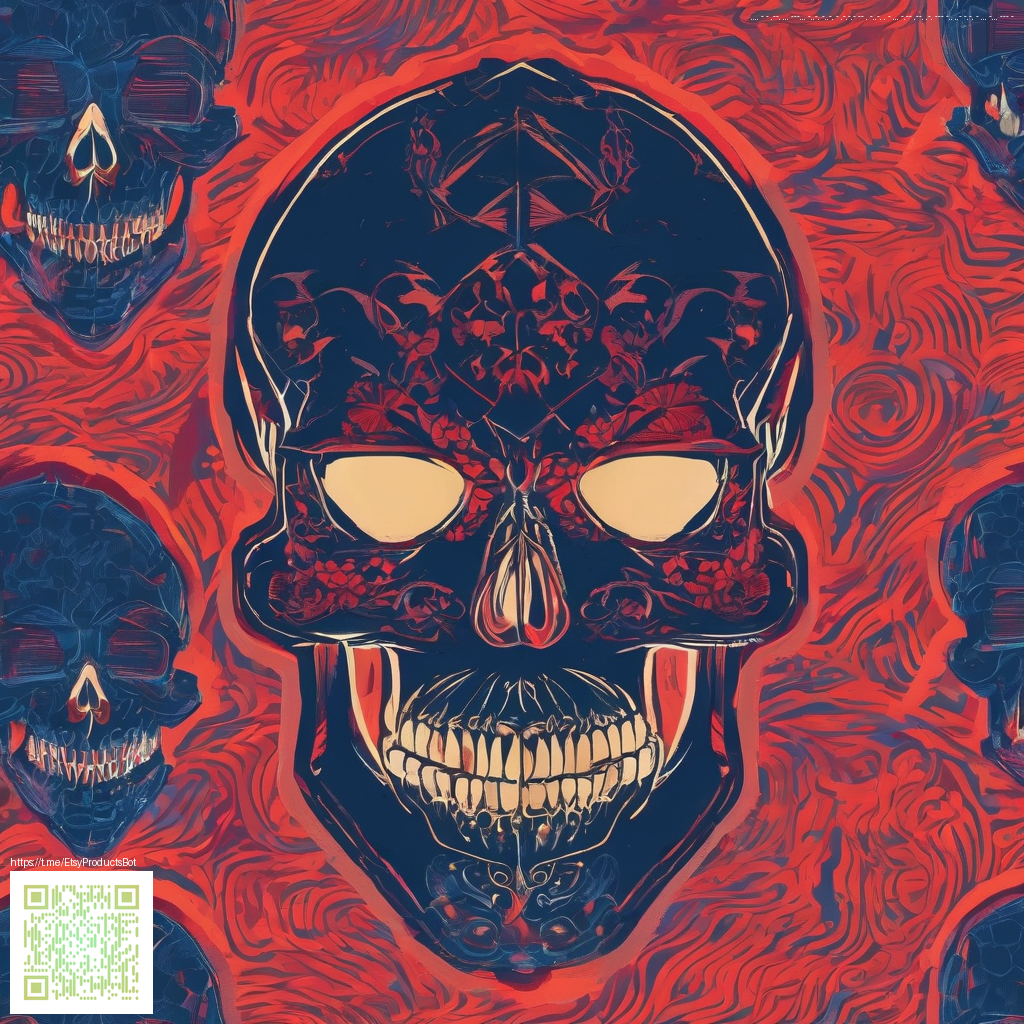
Inside the Cells of a Living World
Prison Architect invites players to sculpt a living organism out of concrete, steel, and schedules. The appeal goes beyond pretty blueprints; it lives in how you choreograph the day to day routine, how you route staff through hallways, and how you nudge inmates toward programs that matter. This is not a static map it is a dynamic system where each design choice sends ripples through safety, efficiency, and morale. The game rewards thoughtful world building that balances constraint with possibility 🎮.
At its core the title is a sandbox for governance as well as architecture. The layout of wings and yards becomes the stage on which discipline, rehabilitation, and daily friction play out. Sightlines, corridors, and block connectivity influence patrol effectiveness and incident response. When you experiment with different wing configurations you can observe how the same population reacts to varied environments. The result is a storytelling canvas that emerges from the geometry you choose to deploy.
Core Tools for World Building
There are several practical levers that players lean on to craft believable ecosystems. Wings create micro communities with distinct needs and cultures. Central hubs act as nervous systems that coordinate movement, supply lines, and inmate flow. Efficient circulation reduces bottlenecks and helps staff respond to incidents with less chaos. Utilities and resource flow matter, because a prison that functions on a fragile backbone will crack under pressure during a riot or housing surge.
Yard design introduces tempo to the daily rhythm. Outdoor spaces become training grounds for programs and social interactions. Scheduling becomes a design tool offering predictable outcomes or deliberate chaos depending on what the warden wants to test. Classification and wing specialization allow you to tailor environments for different security levels, educational tracks, and work programs. Each decision narrows or expands your options later in the run.
Community Insights
The player community repeatedly demonstrates that great world building is less about grand gestures and more about incremental refinements. A well designed prison reads as a living organism because it adapts to the inmate mix, staffing realities, and the unpredictable tempo of daily life. Designers share blueprints that emphasize redundancy in key pathways, modularity for future expansion, and sightline balance that keeps oversight manageable without creating sterile corridors. The discussion often centers on how small shifts in corridor width or door placement ripple into staff efficiency and inmate behavior. These practical experiments keep the game feeling fresh long after the initial novelty wears off 🎯.
Update Coverage
Updates across the title tend to expand the world building toolkit rather than overhaul the core play loop. New tile types and modular floor options arrive to give designers more ways to layer atmospherics and function. AI improvements fine tune how agents react to changing layouts, which in turn elevates the sense that the prison truly responds to the design language you implement. Each patch typically unlocks another axis for emergent storytelling, turning a routine facility into a stage for unexpected narratives. The community eagerly catalogs these changes and retools old blueprints to fit the new possibilities.
Modding Culture
Modders take world building beyond the base game by injecting custom assets, new blueprint packs, and event scripts that shift the story beats prisoners experience. The modding scene thrives on sharing flexible templates that players can plug into their existing facilities. It is common to see design packs that experiment with alternative architectural vocabularies and more nuanced population dynamics. The culture here mirrors a broader trend in sandbox games where the collaboration between designers and players keeps the space alive and evolving.
Developer Commentary
Developers emphasize that the core thrill comes from emergent storytelling. The design philosophy centers on empowering players to craft prisons that reflect the unique characters of their populations while staying grounded in believable processes. Community feedback drives balance decisions and feature tweaks, ensuring the world feels both ambitious and plausible. The result is a creative space where players feel their architectural choices matter and where every corridor can tell a small tale of consequence 🔍.
As you plan your next run or experiment with a new wing configuration, keep in mind that the joy lies in the conversations your build starts with your players and your own in game decisions. The world you construct functions as a stage for problems to arise, respond, and adapt. That is where the deepest satisfaction lives for fans of thoughtful design and strategic management.
Rugged Phone Case Polycarbonate TPU